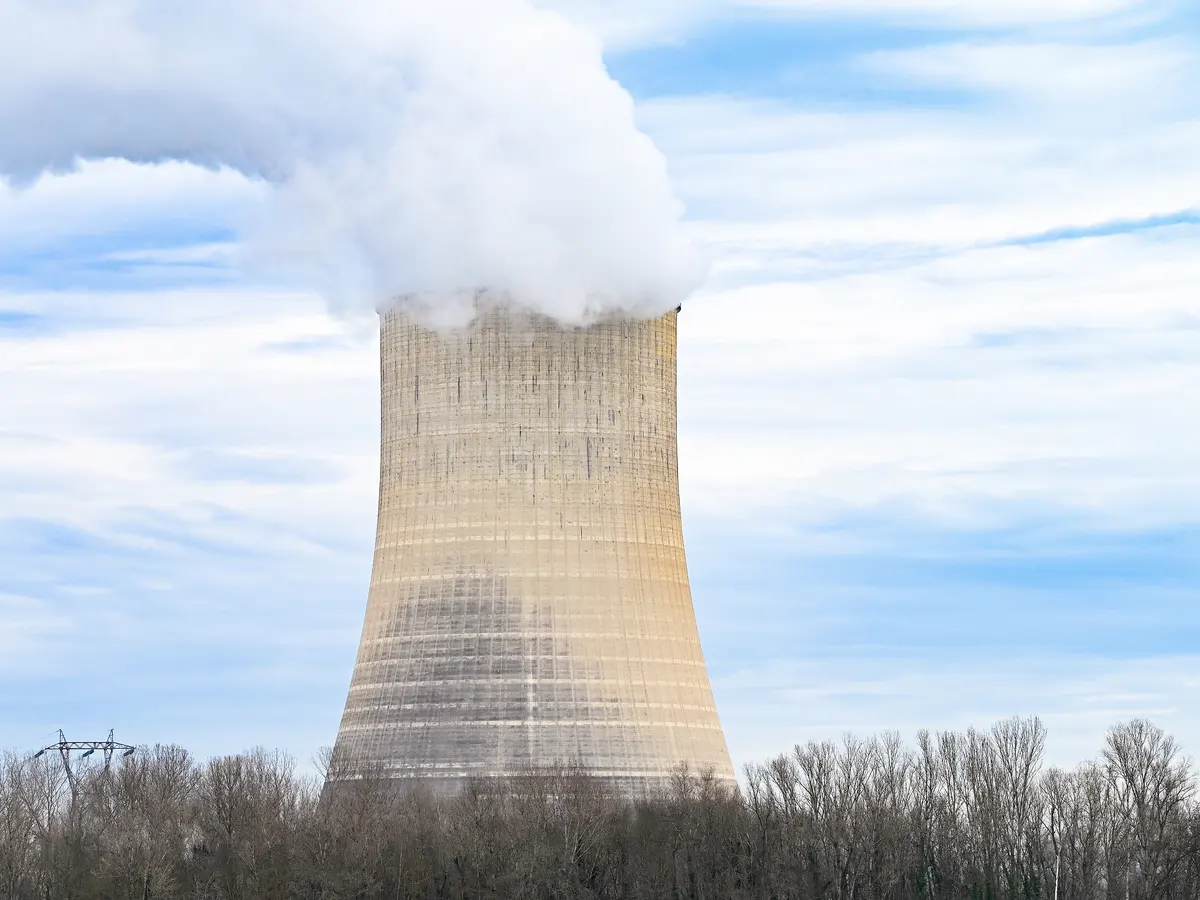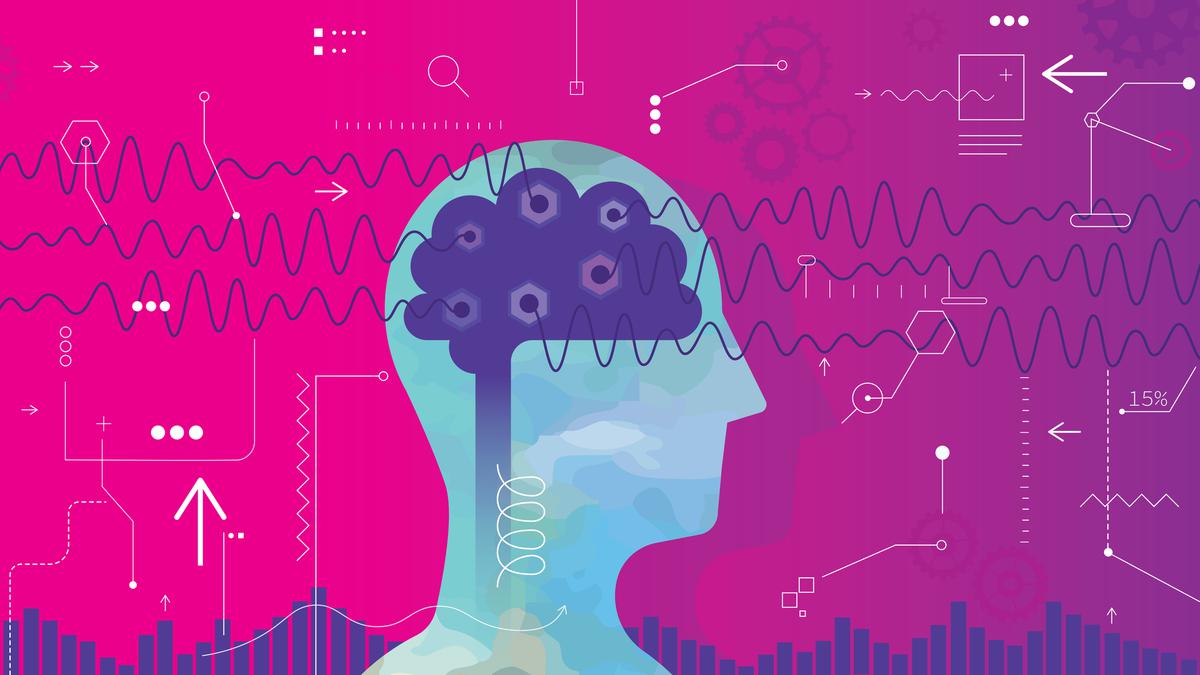On April 1, 2004, the Indian government introduced Free Antiretroviral Therapy (ART) for People Living with HIV. This decision was one of the most successful.
Emergence of HIV medicines
- The first antiretroviral medicine, AZT (zidovudine), was licenced by the US FDA in March 1987, bringing promise for treatment.
- Additional Drug Approvals: Three more antiretroviral medicines were approved shortly after in 1988, increasing HIV/AIDS patients’ treatment options.
- Introduction of Protease Inhibitors: In 1995, a new family of antiretroviral medications known as protease inhibitors was introduced, marking a significant milestone.
The Evolution of Free ART
- Millennium Summit Declaration: At the Millennium Summit of the United Nations General Assembly in 2000, international leaders committed to halting and reversing HIV transmission.
- The Global Fund to Fight AIDS, Tuberculosis, and Malaria was founded in 2002 to promote universal access to HIV prevention, treatment, care, and support services.
- High HIV prevalence in India: In 2004, India had an estimated 5.1 million PLHIV, with a population prevalence of 0.4%. However, just 7,000 people living with HIV were on ART by the end of the year.
- Free ART Initiative: In 2004, the Indian government made a revolutionary move to provide free ART to all individuals living with HIV. This effort sought to remove the barriers of cost and geographical access to treatment.
- Expansion of ART Facilities: Over the last two decades, the number of ART centres in India has increased substantially, from less than ten to over 700. In addition, 1,264 Link ART centres have delivered free ART drugs to over 1.8 million people living with HIV.
- ART Eligibility requirements Evolution: The requirements for commencing ART have evolved over time, beginning with a CD4 count of less than 200 cells/mm3 in 2004, progressing to less than 350 cells/mm3 in 2011, and less than 500 cells/mm3 by 2016. Finally, in 2017, the “Treat All” method was implemented, which initiated ART regardless of CD4 levels.
- Rapid ART Initiation Policy: In 2021, India implemented a policy of rapid ART initiation, with individuals beginning treatment within seven days of HIV diagnosis, and often on the same day. This rapid commencement was intended to improve treatment outcomes and reduce transmission.
- Complementary initiatives to combat the HIV epidemic include: providing free diagnostic facilities; focusing on HIV prevention from parent to child transmission (PPTCT) services; and preventing, diagnosing, and managing opportunistic infections, including co-infections such as tuberculosis (TB).
Goals of India’s National AIDS Control Programme (NACP) Phase 5 by 2025
Ambitious 95-95-95 targets: The NACP phase 5 sets aggressive aims known as the 95-95-95 targets, which are matched with UNAIDS’ global targets.
- The aims aim to ensure that 95% of people living with HIV are aware of their status.
- 95% of patients diagnosed with HIV will undergo long-term antiretroviral medication (ART).
- 95% of all persons taking antiretroviral treatment for viral suppression.
- These goals are consistent with the worldwide targets established by the UNAIDS.
Challenges
- Delayed Enrolment in ART Facilities: Late presentation makes it difficult to initiate therapy and manage the condition effectively.
- Missed dosages: Patients frequently begin feeling better after commencing ART, resulting in missed doses or termination of treatment, which leads to medication resistance
Measures
- Sustained Supply and Availability of ART: Ensuring constant and uninterrupted access to ART medications across the whole country.
- Private Sector Engagement: Increasing collaboration with the private sector in the care of PLHIV.
- Training and Capacity Building: Continuous training and capacity building for healthcare workers is critical to ensuring high-quality service delivery.
- Integration into Other Health Programmes: Strengthening integration with other health programmes, such as hepatitis and noncommunicable diseases (NCDs)
Conclusion
India’s ART project, which began in 2004, has been critical in eradicating HIV/AIDS. With changing criteria, rapid commencement policies, and high targets, obstacles remain, but initiatives such as sustained supply, private sector engagement, and training are being undertaken.
Source: https://www.thehindu.com/opinion/lead/the-art-of-indias-hivaids-response/article68013606.ece#:~:text=In%20two%20decades%20of%20free,living%20with%20HIV%20on%20treatment.









